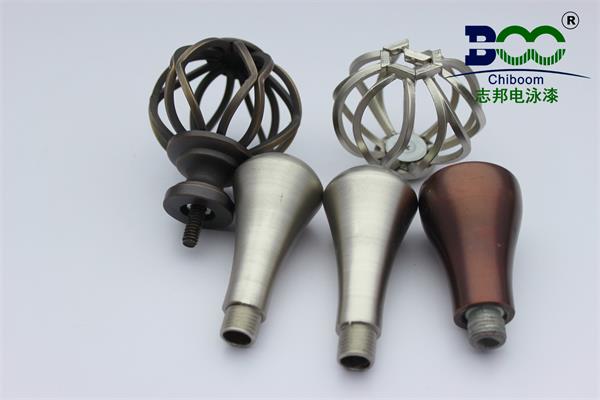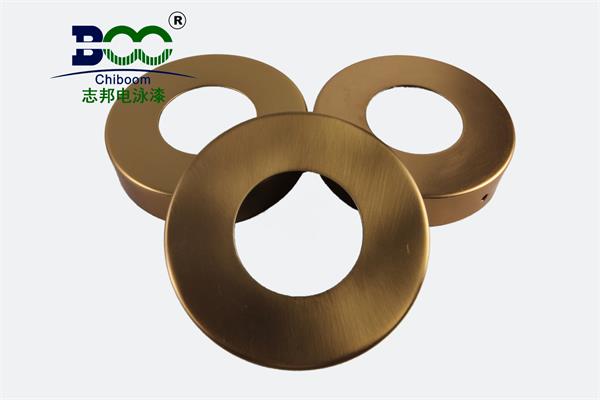Exploration of Technical Requirements for Electrophoretic Paint
Electrophoretic paint, as a special type of coating, has been widely used in various fields such as hardware appliances, automobile manufacturing, and instrumentation due to its excellent corrosion resistance, uniform coating film, and high utilization rate. To ensure the coating effect and performance of electrophoretic paint, its technical requirements involve multiple aspects.
One of the fundamental requirements for electrophoretic paint is good stability. This includes the paint solution's good resistance to hydrolysis, oxidation, and electric field effects during storage and use. Since the contact area between the paint solution and oxygen in the air increases during circulation and stirring, the coating is required to have excellent resistance to oxidation. Additionally, the non-volatile content of the paint solution is relatively low, typically between 5% and 20%, which places high demands on the water dilutability of the coating.

The electrophoretic characteristics of electrophoretic paint are crucial. Excellent electrophoretic characteristics can ensure that the paint film reaches the required thickness while maintaining good surface appearance and performance. The electrophoretic paint solution should have high throwing power and coulombic efficiency to ensure that the components of the coating are deposited uniformly on the surface of the substrate in proportion. Furthermore, during the long-term electrophoresis process, due to deposition, oxidation, hydrolysis, and other factors, the components of the paint solution will continuously change. Therefore, it is necessary to control the components of the working paint solution and adjust them as needed at any time.
The preparation of electrophoretic paint is also an important aspect of technical requirements. Cathodic electrophoretic paint has quickly replaced anodic electrophoretic primers due to its superior performance within a short period. The preparation process of cathodic electrophoretic paint involves multiple steps and complex chemical reactions, requiring strict control of raw material ratios and reaction conditions to ensure the quality and performance of the final product.
During the coating process, the electrophoresis environment, equipment requirements, and personal protection for electrophoretic paint cannot be ignored. Electrophoretic painting is generally carried out in a closed spray booth to ensure that the working environment is dust-free, impurity-free, with suitable temperature, and well-ventilated. At the same time, professional spray guns and related equipment are required, and the operators need to be proficient in spraying techniques to ensure the coating effect. Operators also need to wear protective masks, gloves, work clothes, and other personal protective equipment to avoid irritation and harm from paint mist to the human body.
The film performance of electrophoretic paint is also an important aspect of technical requirements. The coating film should be flat, smooth, and free of abnormalities, with good drying properties, gloss, hardness, flexibility, and adhesion. At the same time, the coating film should also have excellent impact resistance, chip resistance, alkali resistance, acid resistance, water resistance, and gasoline resistance to meet the needs of different fields.
The technical requirements for electrophoretic paint involve multiple aspects, including stability, electrophoretic characteristics, preparation process, working environment, equipment requirements, personal protection, and film performance. The strict implementation and continuous optimization of these requirements can ensure the best coating effect of electrophoretic paint during the coating process, while improving the quality and performance of the product.
With the continuous development of electrophoretic technology and the expansion of its application fields, the technical requirements for electrophoretic paint will also be continuously updated and improved. In the future, electrophoretic paint will develop towards higher efficiency, environmental protection, and intelligence, providing more options and possibilities for coating processes in various fields.





 WeChat
WeChat